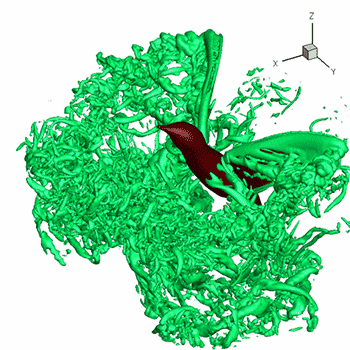How do you find vertical, horizontal and oblique asymptotes for # y= (3x-2) /(2x+5) #?
1 Answer
VA:
HA:
OA: none
Explanation:
VERTICAL ASYMPTOTE(VA)
Vertical asymptotes (VA) are located at values of x that are undefined, i.e. values of x that make the denominator equal zero.
HORIZONTAL ASYMPTOTE(HA)
To find horizontal asymptotes (HA), compare the degree of the numerator and denominator.
If the degree of the numerator is less than the degree of the denominator, the HA is
If the degree of the numerator is equal to the degree of the denominator, the HA is the leading coefficient of the numerator divided by the leading coefficient of the denominator.
In this example, both the numerator and denominator have a degree equal to
so the HA is the leading coefficient divided by the leading coefficient or
OBLIQUE ASYMPTOTE(OA)
A rational equation has an oblique asymptote only if the degree of the numerator is greater than the degree of the denominator. This example has no oblique asymptote.

